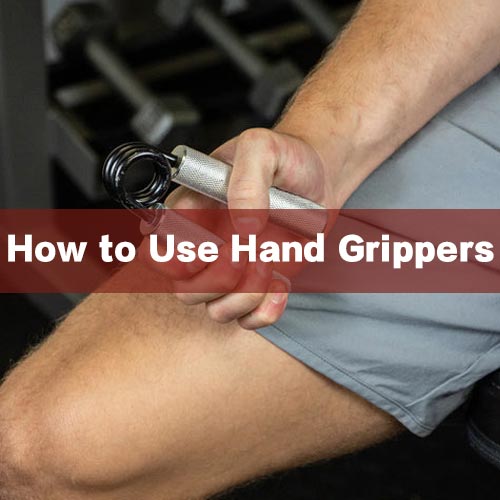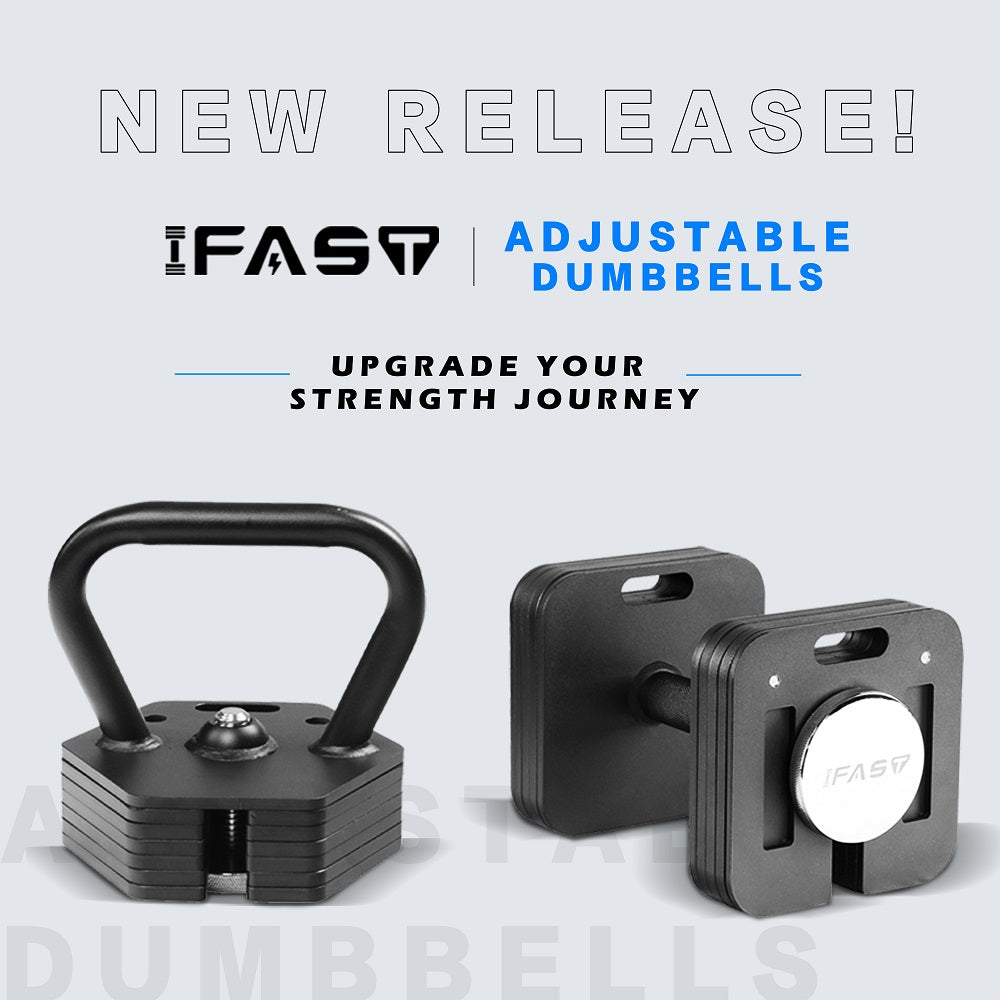
In the realm of strength training and sculpting a well-defined lower body, one exercise stands out as a game-changer: the barbell Hip Thrust. This compound movement not only targets the glutes, but engages various muscle groups, making it a go-to for fitness enthusiasts, athletes, and bodybuilders alike.
Are you ready to sculpt a stronger, firmer lower body?
In this guide, you will know:
- Barbell Hip Thrust Muscles Worked
- How to Do Barbell Hip Thrusts
- 10 Common Barbell Hip Thrust Mistakes
- 4 Hip Thrust Alternatives
- 4 Hip Thrust Variations
- Benefits of Barbell Hip Thrust
- Glute Bridge Vs. Hip Thrust
- FAQs
Barbell Hip Thrust Muscles Worked

This compound movement engages several muscle groups, including:
Gluteus Maximus
As the largest muscle in the buttocks, the gluteus maximus is the primary muscle activated during the hip thrust. It's responsible for hip extension and contributes significantly to a rounded and lifted appearance.
Hamstrings
The muscles on the back of the thigh, known as the hamstrings, are also heavily involved in the hip thrust. They assist in hip extension and play a crucial role in the movement.
Adductors
These muscles, located on the inner thigh, help stabilize the movement and work synergistically with the glutes and hamstrings.
Erector Spinae
The muscles along the spine, known as erector spinae, engage to stabilize the lower back during the upward thrust, promoting proper form and preventing excessive arching.
How to Do Barbell Hip Thrusts
- Set-Up and Equipment: To perform a barbell hip thrust, you'll need a sturdy weight bench or elevated platform and a barbell loaded with appropriate weight plates. Position your upper back against the bench, aligning it with your shoulder blades, and rest the barbell across your hips.
- Foot Placement: Place your feet shoulder-width apart, ensuring they are flat on the ground. Your knees should be bent at a 90-degree angle.
- Engaging the Core: Before initiating the movement, engage your core by bracing your abdominal muscles. This helps maintain stability and protects the lower back.
- Hip Thrust Execution: Drive your feet into the ground, pushing through the heels, and lift your hips upward until your body forms a straight line from your shoulders to your knees. Squeeze your glutes at the top of the movement, then lower your hips back down in a controlled manner.
- Breathing Technique: Inhale as you lower your hips and exhale as you drive your hips upward. Focus on maintaining a steady breathing rhythm throughout the exercise.
10 Common Barbell Hip Thrust Mistakes

Avoiding common mistakes is crucial to getting the most out of your hip thrusts and preventing injuries. Here are some common mistakes to watch out for:
1.Neck Hyperextension
❌ Tilting your head back excessively.
✅ Keep your head in a neutral position to avoid straining your neck.
2.Incomplete Range of Motion
❌ Not lowering your hips enough during the descent.
✅ Ensure your hips come down close to the ground without touching, maintaining a full range of motion.
3.Overarching the Lower Back
❌ Arching your lower back excessively.
✅ Engage your core and focus on a posterior pelvic tilt to protect your lower back.
4.Not Squeezing Glutes at the Top
❌ Neglecting to squeeze your glutes at the highest point.
✅ Emphasize the glute squeeze at the top of the movement for maximum muscle activation.
5.Pushing Through Toes
❌ Putting too much pressure on your toes during the lift.
✅ Press through your heels to engage the posterior chain effectively.
6.Relying on Lower Back Muscles
❌ Allowing your lower back to do most of the work.
✅ Concentrate on using your glutes to drive the movement, minimizing lower back involvement.
7.Using Excessive Weight
❌ Lifting too much weight, sacrificing form.
✅ Prioritize form over weight, especially when starting. Gradually increase weight as your strength and form improve.
8.Unstable Bench or Surface
❌ Using an unstable workout bench or surface.
✅ Ensure your bench or surface is secure to prevent accidents.
9.Fast, Uncontrolled Movements
❌ Performing the exercise too quickly.
✅ Control the movement throughout, both on the way up and down, to maximize muscle engagement.
10.Ignoring Muscle Engagement
❌ Going through the motions without focusing on muscle engagement.
✅ Mindfully contract your glutes during each repetition for optimal results.
4 Hip Thrust Alternatives
Single-Leg Hip Thrust

Muscles Worked: Provides unilateral benefits, emphasizing glute activation and improving balance.
Execution: Similar to the Barbell Hip Thrust, but performed with one foot elevated. Push through the heel of the grounded foot to lift your hips.
Kettlebell Swing

Muscles Worked: Engages the posterior chain, including the glutes, hamstrings, and lower back.
Execution: A dynamic movement where you swing a kettlebell between your legs and then explosively extend your hips to swing it forward.
Romanian Deadlift (RDL)

Muscles Worked: Targets the hamstrings, glutes, and lower back.
Execution: Holding a barbell or dumbbells, hinge at the hips while keeping your back straight, then return to an upright position.
Step-Ups

Muscles Worked: Works the glutes, hamstrings, and quadriceps, promoting functional strength
Execution: Step onto a sturdy platform or bench, lifting your body with one leg. Alternate between legs.
4 Hip Thrust Variations
Banded Hip Thrust

- Place a resistance band just above your knees.
- Set up for a standard hip thrust, ensuring your upper back is on the ground and feet are hip-width apart.
- Thrust your hips toward the ceiling while actively pushing your knees outward against the resistance band.
- Squeeze your glutes at the top and return to the starting position.
Barbell Glute Bridge

- Position a barbell over your hips while sitting on the floor.
- Roll the barbell over your legs until it rests above your hips.
- Perform a glute bridge by thrusting your hips upward, lifting the barbell along with them.
- Lower your hips back down and repeat.
Elevated Hip Thrust

- Lie faceup on the floor with your knees bent and your feet on a bench or box.
- Raise your hips until your body forms a straight line from your shoulders to your knees, then slowly lower to the starting position.
Weighted Hip Thrust

- Hold a weight plate or dumbbell securely on your hips.
- Follow the standard hip thrust motion, lifting the weight along with your hips.
- Control the movement to ensure proper form and maximize muscle engagement.
Benefits of Barbell Hip Thrust

Glute Activation: The barbell hip thrust activates the glute muscles to a high degree, making it an excellent exercise for targeting and strengthening the glutes.
Improved Hip Extension: Hip thrusts primarily work the hip extensor muscles, including the gluteus maximus, which is the largest muscle in the gluteal group. Strengthening these muscles can enhance athletic performance and functional movements like running, jumping, and lifting.
Enhanced Lower Body Strength: Barbell hip thrusts can help increase overall lower body strength, including the glutes, hamstrings, and quadriceps. This increased strength can improve performance in various activities, such as squats, deadlifts, and sports-specific movements.

Aesthetics and Body Composition: Incorporating barbell hip thrusts into your training routine can contribute to a more sculpted and defined posterior. Strong glutes not only enhance your physique but also support overall posture and stability.
Glute Bridge Vs Hip Thrust

Range of Motion: Hip thrusts generally involve a greater range of motion, especially when using a bench and barbell.
Intensity: Due to the potential for heavier weights, hip thrusts can be more intense for glute activation.
Equipment: Glute bridges can be done without any equipment, while hip thrusts often involve a bench and barbell.
Both exercises are valuable for glute development, and the choice between them depends on factors like your fitness level, available equipment, and personal preference. Beginners may start with glute bridges, while those looking for more challenge and progression can incorporate hip thrusts into their routine.
FAQs
Is the barbell hip thrust suitable for beginners?
Yes, beginners can perform the barbell hip thrust by starting with lighter weights or utilizing bodyweight-only variations. Focus on mastering the technique before increasing the load.
Can the barbell hip thrust help with lower back pain?
When performed correctly, the barbell hip thrust can strengthen the glutes and, subsequently, provide stability and support for the lower back. However, if you have pre-existing back conditions or pain, it is advisable to consult with a healthcare professional before attempting this exercise.
How long does it take to see results?
Results vary depending on factors such as training consistency, nutrition, and individual genetics. With regular training and a well-rounded program, noticeable improvements in glute strength and aesthetics can typically be seen within a few months.
Can I perform barbell hip thrusts without a bench?
While a bench is commonly used for support and stability, you can perform the exercise on the floor, using a step, or with alternative equipment such as a stability ball or resistance bands.
The hip thrust is a versatile exercise that can significantly enhance your glute strength, aesthetics, and overall lower body performance. By incorporating proper form, progressive overload, variations, and integration strategies, you can maximize the benefits of this exercise in your training routine. Remember to listen to your body, progress at your own pace, and prioritize safety and proper technique. With dedication and consistency, the barbell hip thrust can be a game-changer in your fitness journey, helping you build strong, powerful glutes and unlock your full lower body potential. So, grab that barbell, embrace the burn, and take your glute training to the next level!


